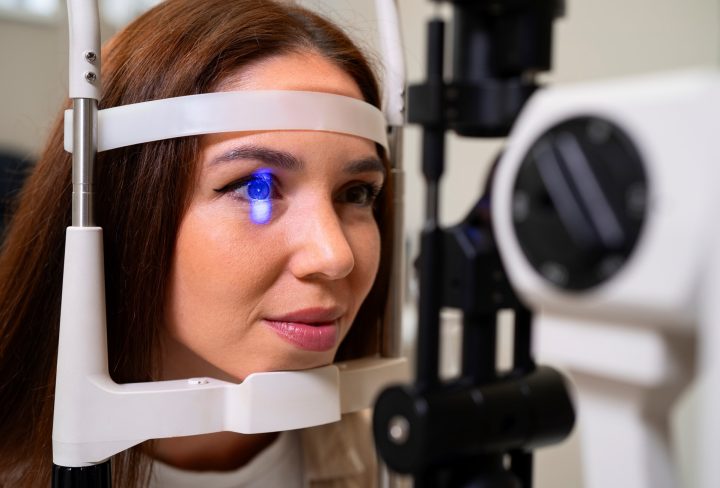Intraocular lenses (IOLs) have long been a cornerstone of cataract surgery, effectively restoring vision by replacing the clouded natural lens with a clear artificial one.
However, the role of IOLs extends beyond cataract treatment, encompassing a range of refractive surgeries aimed at correcting various vision disorders.
Refractive Surgery and Intraocular Lenses
Refractive surgery encompasses a variety of procedures designed to correct refractive errors such as myopia (nearsightedness), hyperopia (farsightedness), astigmatism, and presbyopia (age-related loss of near vision). While techniques such as LASIK and PRK (photorefractive keratectomy) have traditionally been used to reshape the cornea and improve visual acuity, intraocular lenses have emerged as an alternative or adjunctive option for certain patients.
Applications of Intraocular Lenses in Refractive Surgery
- Refractive Lens Exchange (RLE): Refractive lens exchange, also known as clear lens extraction, involves replacing the natural lens of the eye with an artificial intraocular lens to correct refractive errors. This procedure is similar to cataract surgery but is performed on clear lenses to address significant refractive errors or presbyopia in patients who are not candidates for corneal refractive surgery. RLE offers the potential for improved visual acuity and reduced dependence on glasses or contact lenses.
- Phakic Intraocular Lenses (PIOLs): Phakic intraocular lenses are implanted alongside the natural lens of the eye, offering vision correction while preserving the eye’s natural accommodation and focusing ability. PIOLs are typically used to treat moderate to high levels of myopia or hyperopia in patients who are not suitable candidates for LASIK or PRK due to thin corneas or other corneal irregularities. By placing the lens inside the eye rather than altering the corneal shape, PIOLs can provide stable and predictable refractive outcomes.
- Toric Intraocular Lenses (Toric IOLs): Toric intraocular lenses are specifically designed to correct astigmatism, a common refractive error caused by irregular corneal curvature. These lenses offer precise astigmatism correction during cataract surgery or refractive lens exchange, reducing or eliminating the need for additional astigmatism-correcting procedures. Toric IOLs provide improved visual acuity and reduced reliance on glasses for patients with astigmatism, enhancing their overall quality of life.
- Accommodating Intraocular Lenses: Accommodating intraocular lenses mimic the natural focusing ability of the eye’s crystalline lens, allowing for a greater range of vision and reduced dependence on glasses. These lenses move or flex within the eye in response to changes in pupil size and focusing needs, providing improved depth of focus and enhanced near vision. Accommodating IOLs are particularly beneficial for patients with presbyopia, allowing them to see clearly at various distances without the need for reading glasses.
Benefits of Intraocular Lenses in Refractive Surgery
- Enhanced Visual Outcomes: Intraocular lenses offer precise and predictable refractive correction, leading to improved visual acuity and reduced dependence on corrective eyewear.
- Stable and Durable Results: Unlike corneal refractive procedures, which may be affected by factors such as corneal healing and regression, intraocular lenses provide stable and long-lasting refractive outcomes.
- Preservation of Natural Accommodation: Certain types of intraocular lenses preserve the eye’s natural accommodation and focusing ability, allowing patients to maintain clear vision at various distances without compromising visual quality.
Intraocular lenses have revolutionized refractive surgery, offering safe, effective, and versatile solutions for correcting refractive errors and improving visual acuity.
From refractive lens exchange to phakic intraocular lenses and toric implants, the diverse applications of IOLs provide patients with personalized treatment options tailored to their unique visual needs.
By expanding the role of intraocular lenses beyond cataract treatment, refractive surgeons can offer patients a wider range of solutions for achieving clearer vision and enhancing their overall quality of life.

